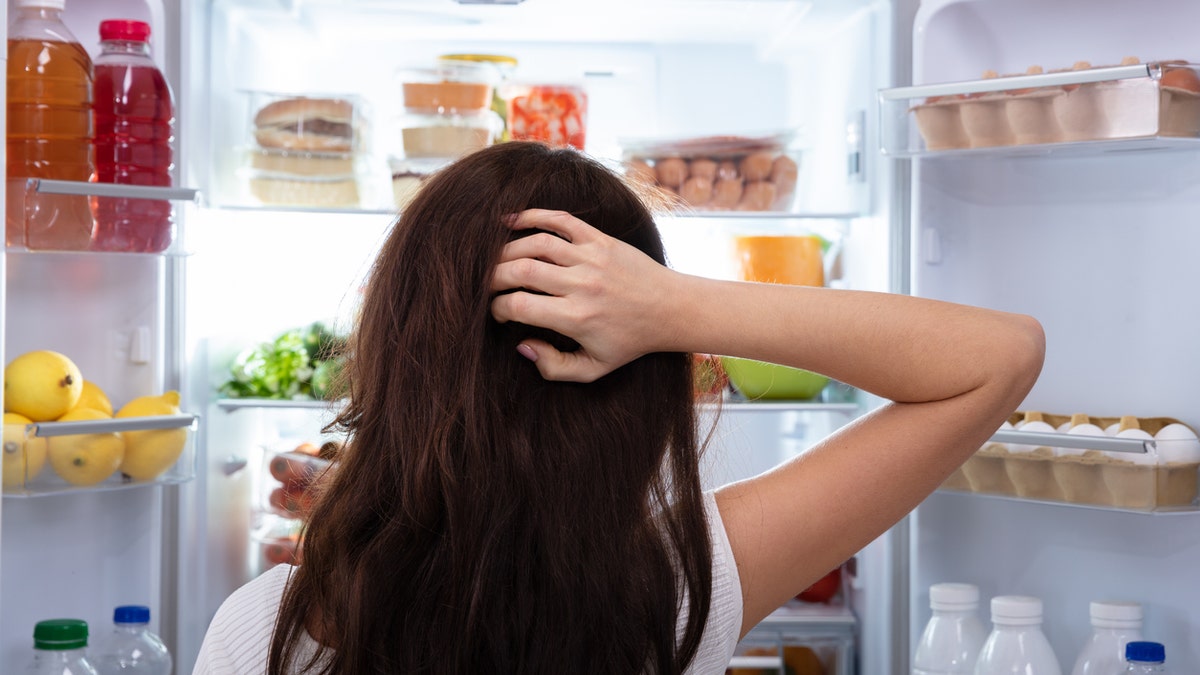Texans preparing for 'disasters inside of a disaster' as winter blast leaves millions without power, supplies
Casey Stegall reports from Dallas with an update.
Food demand is soaring in Texas amid a deadly winter storm that's left 500,000 without power, unable to eat what they may have had in the fridge for safety's sake. In the event of such an emergency, what can you keep and what should you toss?
Refrigerated and frozen foods may not hold up and have the potential to make consumers sick when the power goes out. The Centers for Disease Control and Prevention (CDC) recommends keeping thermometers in your fridge and freezer to ensure refrigerators are at 40°F or below, and that the freezer remains at 0°F or below.

Food will be safe to consume if refrigerator doors stay closed for four hours in the refrigerator and 48 hours in a full freezer, according to the CDC. (iStock).
LONG LINES FORM AT TEXAS GROCERY STORES AS FOOD DEMAND SOARS AMID HISTORIC STORM
Further CDC guidance also suggests freezing containers of water and gel packs to help keep food at 40°F or below. If available, store a cooler with frozen gel packs for a short-term solution to keeping frozen foods cold, or use dry ice, the national public health institute says, as another option to keep food chilled in the refrigerator.
CLICK HERE TO SIGN UP FOR OUR LIFESTYLE NEWSLETTER
Once the power goes out, keep fridge and freezer doors closed. Food will be safe to consume if the doors stay closed for four hours in the refrigerator and 48 hours in a full freezer (24 hours in a half-full freezer), according to the CDC. After that, health experts say to transfer perishable foods into a cooler.
Throw away perishable foods such as meat, fish, cut fruits, vegetables, eggs, milk and any leftovers after four hours, the guidance says. Be sure to monitor the temperature of food that’s kept in coolers, too.
FOLLOW US ON FACEBOOK FOR MORE FOX LIFESTYLE NEWS
Foods such as hard cheeses, butter, dried fruits, breads, frozen waffles and pancakes, raw vegetables, herbs and condiments are also safe to keep in the short term during power outages, according to The Kitchn.
Consumers can refreeze or cook thawed frozen food that’s at 40°F or below per CDC guidance.

